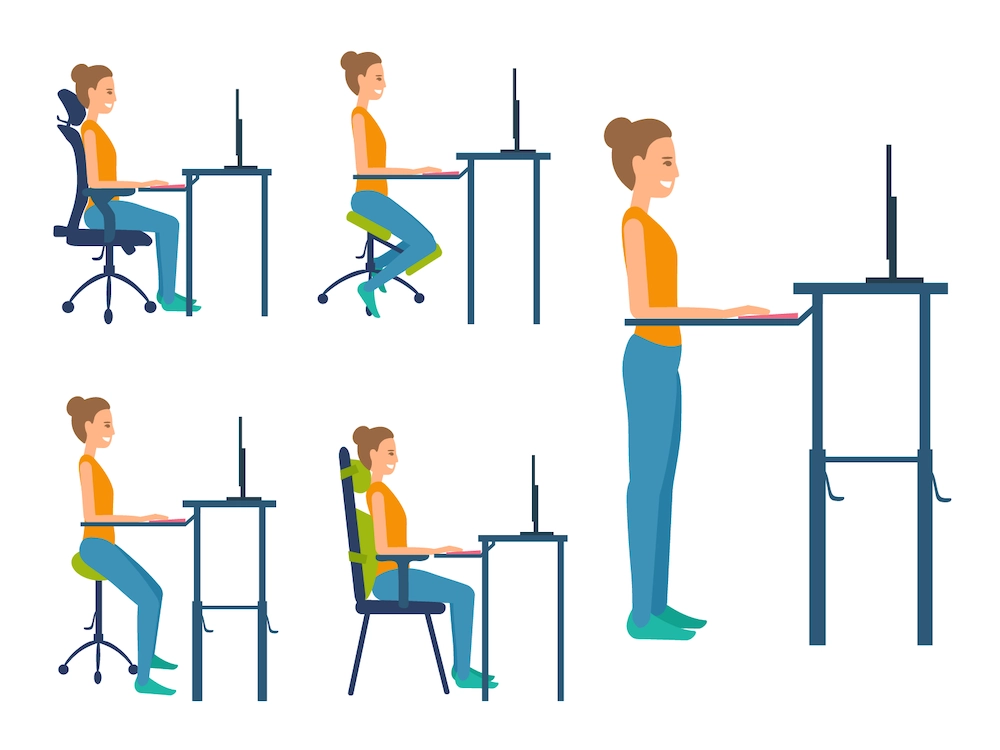In today’s fast-paced digital world, efficient typing is a key skill that can significantly enhance productivity, reduce stress, and improve your overall work or study experience. Whether for professional tasks, academic projects, or daily communication, typing quickly and accurately can save time and boost efficiency. In this article, we’ll explore strategies to help you increase your typing speed in paragraphs and type more fluently.
1. Proper Typing Posture and Finger Placement

Correct posture and finger placement are the foundations of efficient typing.
- Posture: Sit with your back straight, feet flat on the floor, and wrists relaxed without hovering above the keyboard.
- Finger Placement: Place your fingers on the home row keys—ASDF for the left hand and JKL; for the right hand. Each finger should be responsible for specific keys, minimizing unnecessary movement.
Mastering touch typing (typing without looking at the keyboard) is essential for improving typing speed. This allows you to focus on the text on the screen rather than your hands, greatly increasing your typing efficiency.

(Insert an image demonstrating correct posture and finger placement here)
2. Practice Methods and Techniques
Improving typing speed requires systematic practice and the right techniques. Here’s how to get started:
Utilize Online Resources:
- TypingClub: Offers interactive lessons designed to gradually improve your speed and accuracy with videos, exercises, and games—ideal for beginners.
- Ratatype: Provides online typing tests and certifications, along with tailored exercises to help you improve your typing level.
- Keybr.com: Uses a smart algorithm to generate personalized practice lessons based on your typing habits and weaknesses.
- 10fastfingers.com: Offers typing tests focused on words, phrases, and paragraphs to help you track your progress.
- Typing Academy: Provides free courses and articles that offer comprehensive typing practice, speed tests, and tips.

Progressive Practice:
- Start with the Basics: Focus on individual letters and common letter combinations, such as “as,” “df,” “jk,” and “l;.”
- Transition to Words and Phrases: Practice typing common words like “the,” “and,” and “that.”
- Challenge Yourself with Full Sentences and Paragraphs: Gradually move on to longer texts, such as news articles, novels, and technical content.
Other Practical Tips:
- Choose a Suitable Keyboard: Mechanical keyboards often provide better tactile feedback, which can improve typing speed.
- Stay Focused: Concentrate on the text on the screen, avoiding distractions to maintain speed and accuracy.
- Take Regular Breaks: Typing for long periods can lead to fatigue. Taking short breaks helps maintain your typing stamina.
- Prioritize Accuracy: Speed comes from accuracy. Focus on getting each word right first, then gradually increase your speed.
3. Specific Techniques for Paragraph Typing
In addition to general typing techniques, here are some tips for improving your paragraph typing:
- Familiarize Yourself with Common Phrases and Collocations: Practice typing commonly used phrases like “in the,” “on the,” and “at the” to reduce pauses and improve typing fluency.
- Practice Reading and Typing Simultaneously: Try reading a text while typing it out as quickly as possible. This will improve your hand-eye coordination and typing reaction speed.
- Utilize Text Practice Features in Typing Software: Many typing practice tools allow you to practice with different types of text, simulating real-life typing scenarios. Choose articles or materials that interest you to make the practice enjoyable.
4. Conclusion
Improving your typing speed takes time and dedication. There are no shortcuts to mastery. By maintaining proper posture, using scientific practice methods, and persisting through regular practice, you can significantly enhance your typing skills. Remember, accuracy is the foundation of speed—progress gradually, and soon you will be typing fluently and quickly, even in paragraphs.
Additional Tips for Success:
- Muscle Memory: Repetitive practice helps build muscle memory, which is essential for faster typing.
- Typing Speed Tests: Use online typing speed tests to assess your progress and identify areas for improvement.
- Common Mistakes and Solutions: Pay attention to common errors, such as hitting the wrong keys or developing an uneven typing rhythm, and work on fixing them.
Stay consistent, and soon you’ll be typing faster and more accurately than ever before!